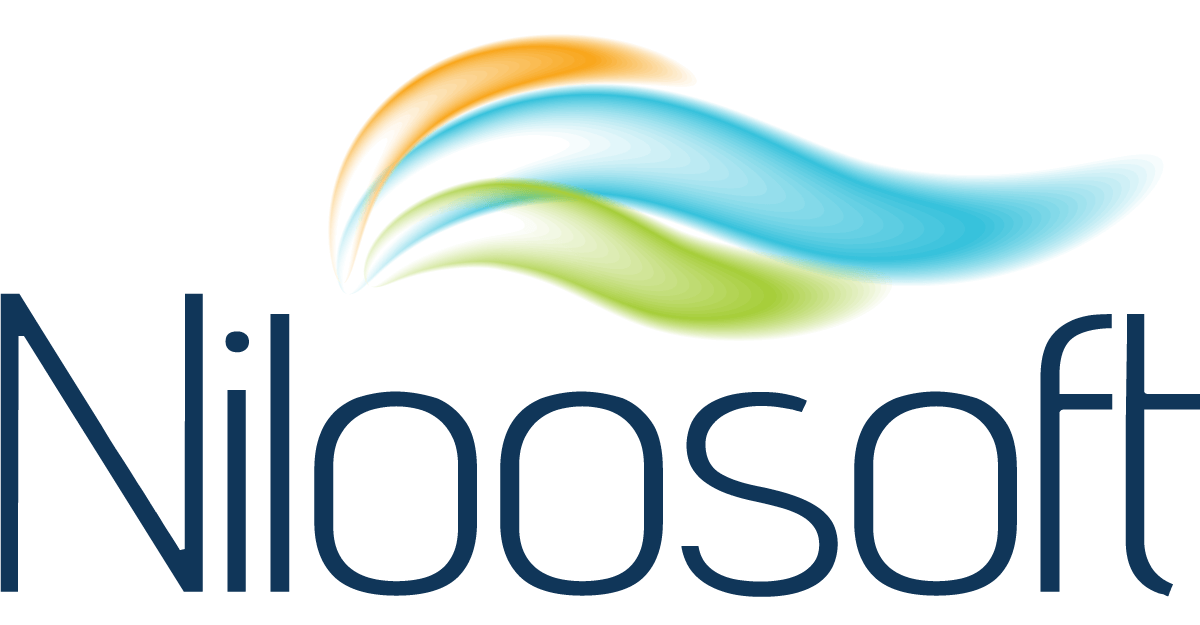Candidate sourcing is not always a straightforward or simple process. Learning how to implement recruitment software works to streamline this process, making reliable hiring easier on your human resources team. The benefits of enterprise recruitment software are numerous, with the right software providing the ability to:
- Post jobs on multiple platforms all at one time.
- Gather and pre-screen resumes from job applicants.
- Manage candidates easily.
- Provide greater access to your pool of applicants or candidates.
- Provide talent lifecycle automation to enhance job recruitment ROI.
Enterprise recruitment software is most often used by staffing or recruitment agencies looking to fill multiple open positions across various skill sets and companies, and by corporate human resources departments hiring for single corporations. The type of software implemented between these two frequent users of the technology may differ as both have somewhat different recruitment needs.
The Hunter EDGE Professional Version for recruitment firms allows for easy recruitment across databases and for many different clients or companies at once. For corporate human resources departments, the Hunter EDGE Enterprise Version is suitable for recruitment in larger single corporations. While both offer similar streamlined automation, each caters to a more customized need.
First Identify Talent Acquisition Goals Or Needs
The first step to learning how to implement recruitment software is learning how to identify your specific talent acquisition goals or needs. Are manual recruitment tasks taking time and productivity away from your hiring team? Is there an area where your recruitment team is obviously struggling? Recognizing these pain points in your manual acquisition process will let you know just what to look for in your enterprise recruitment software.
Holding a brainstorming session with your recruitment team is an excellent way to open up the idea of implementing software, identify specifically where pain points are for every team member, and choose the best option for your hiring needs.
Demo Software Possibilities To Get Familiar With What You’re Implementing
Once you’ve identified what you need from your recruitment software, it’s a great idea to demonstrate different software possibilities to not only ensure you’ve chosen correctly, but to gain familiarity with the software yourself. This familiarity will make it easier to introduce the software to your human resources professionals and begin the training process.
Prepare For Implementation
Planning is an important step in learning how to implement recruitment software, and the smoothest rollouts are those with proper preparation before implementation. You may be using this software in conjunction with an existing HR software program, and knowing how they’ll work together before creating a training program will ensure a clear learning experience for your human resources team.
Additionally, the process of any new software implementation can be complicated and bring about challenges that human resources executives may not expect. This planning stage gives managers an opportunity to seek guidance from tech experts in order to ensure they know all of the ins and outs of the software before training and rollout gets underway. Before rollout, you may also take this time to customize the software to surround the specific needs of your human resources or recruiting team.
Training And Testing
Like any new software, training is a key part of the rollout process. Because this is such a crucial part of a successful implementation, it should be prioritized with both time and resources to ensure every member of a human resources or recruiting team is not just familiar but comfortable with the software once the training is complete. Software access should be granted to the entire team, and each member given certain tasks to carry out that allow them to explore the software’s capabilities in an interactive and impactful way.
Once a team is made familiar and comfortable with the recruitment software, another key part of learning how to implement recruitment software is learning how to test and optimize. Any glitches or bugs in the software will hinder its usability and performance, and it’s better for any potential existing bugs to be found before the software is being widely used throughout the recruitment process. Carrying out quality control tests and optimizations is performing due diligence to ensure any software will run smoothly once completely implemented and in use.
If any glitches or bugs are found in the software, they should be brought to the attention of the software provider to be fixed before implementation rollout.
Continued Monitoring
After the official rollout or implementation, human resources management can continuously monitor the recruitment software to ensure it’s hitting all marks and taking care of all former human resources hiring pain points. What this monitoring does is more than just ensure the software is working, it may expose lesser-known weak areas or pain points that can be fixed with further software customization or implementation. Improvements and amendments to your recruiting software can help to better reach existing goals or scale new ones.


